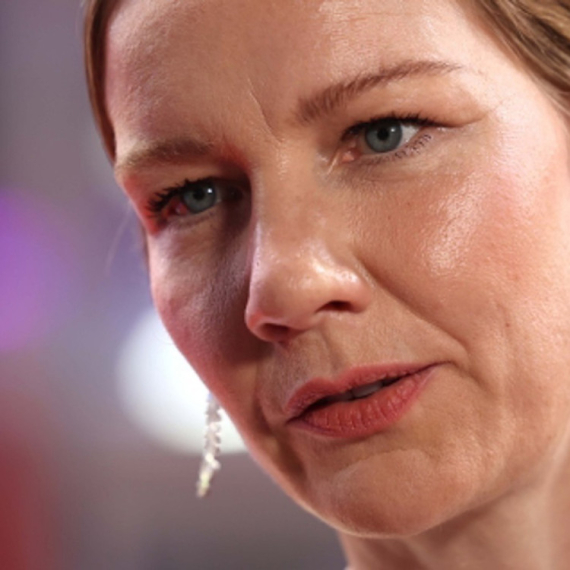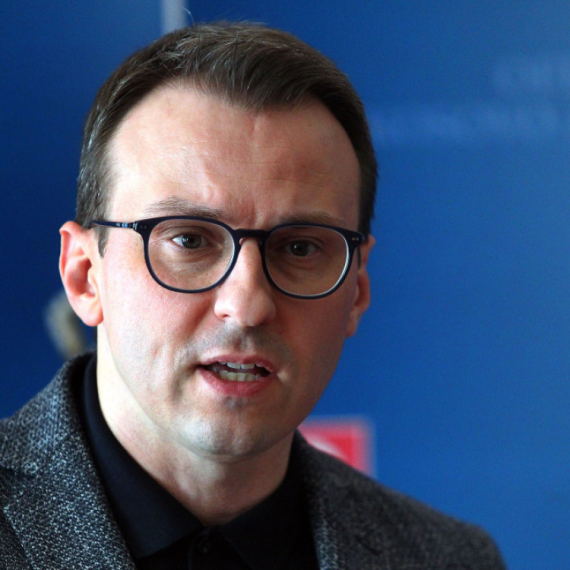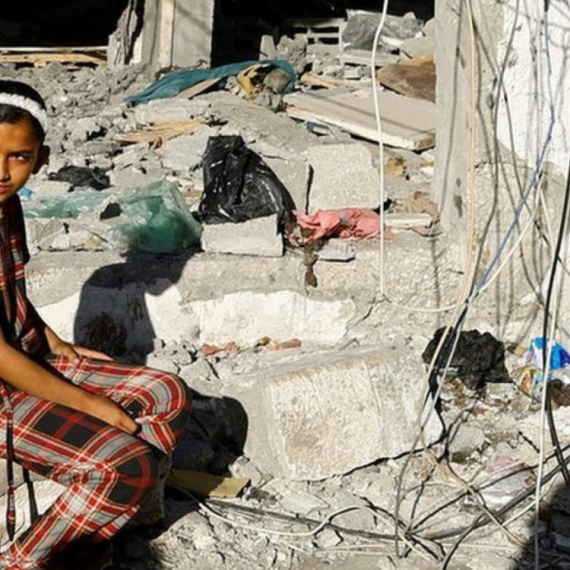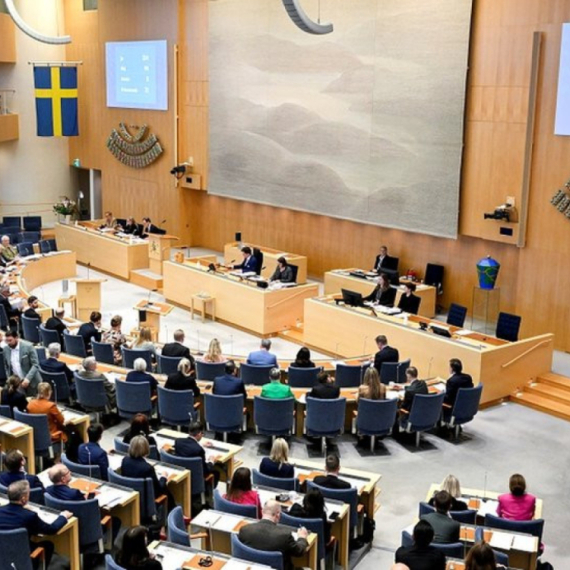20 percent of Serbians live in poverty – study
At least nine percent of the 20 percent of poor Serbians live below the poverty line, the latest data has shown.
Thursday, 18.10.2007.
12:25

At least nine percent of the 20 percent of poor Serbians live below the poverty line, the latest data has shown. Food Bank Organization coordinator Mira Andjelic said Wednesday that poverty is a complex problem which includes many aspects of life, including employment, education, social security, healthcare and housing conditions. 20 percent of Serbians live in poverty – study Serbia is in 23rd place on a list of 118 countries questioned regarding poverty, which is worse than Macedonia, Romania and Croatia and a little better than Bosnia-Herzegovina and Albania, Andjelic said. She added that one person in seven in the world is hungry, which amounts to 854 million people. The poorest people in Serbia live in rural areas and have a low level of education. In central Serbia, 10.7 percent of the population is poor, in Vojvodina 8.7 percent while 4.3 percent of Belgrade residents are poor. Andjelic said that about 700,000 people in Serbia live under the poverty line and that only 145,000 receive social aid. President Boris Tadic reacted to the data which came on a global day dedicated to fighting poverty, by saying that the best way to fight poverty is by passing new legislation, removing obstacles to development, investing in infrastructure and opening new jobs. Tadic said that priority should be given to resolving the problems of the most vulnerable citizens, above all children, the elderly and the persons with disabilities. The goals of the strategy for fighting poverty adopted in 2003 are fostering employment and sustainable development and a socially responsible policy, Tadic added. He also pointed to the need to focuse on balanced regional development and on investments in the south and the east of the country which are currently underdeveloped. "This requires the development of infrastructure and endeavors must therefore focus on completing corridors and modernizing railways and roads," he said. "Serbia has the highest unemployment rate in Europe, although it also has a high economic growth rate and is improving the standard of living," Tadic noted. The strategy for fighting poverty is in line with the UN Millennium goals set in 2000, he said, adding that Serbia must look after those unable to care for themselves. "Serbia has taken it share of responsibility by adopting this document," the president said, adding that fighting poverty also involves adoption of a series of laws securing new investments.
20 percent of Serbians live in poverty – study
Serbia is in 23rd place on a list of 118 countries questioned regarding poverty, which is worse than Macedonia, Romania and Croatia and a little better than Bosnia-Herzegovina and Albania, Anđelić said.She added that one person in seven in the world is hungry, which amounts to 854 million people.
The poorest people in Serbia live in rural areas and have a low level of education.
In central Serbia, 10.7 percent of the population is poor, in Vojvodina 8.7 percent while 4.3 percent of Belgrade residents are poor.
Anđelić said that about 700,000 people in Serbia live under the poverty line and that only 145,000 receive social aid.
President Boris Tadić reacted to the data which came on a global day dedicated to fighting poverty, by saying that the best way to fight poverty is by passing new legislation, removing obstacles to development, investing in infrastructure and opening new jobs.
Tadić said that priority should be given to resolving the problems of the most vulnerable citizens, above all children, the elderly and the persons with disabilities.
The goals of the strategy for fighting poverty adopted in 2003 are fostering employment and sustainable development and a socially responsible policy, Tadić added.
He also pointed to the need to focuse on balanced regional development and on investments in the south and the east of the country which are currently underdeveloped.
"This requires the development of infrastructure and endeavors must therefore focus on completing corridors and modernizing railways and roads," he said.
"Serbia has the highest unemployment rate in Europe, although it also has a high economic growth rate and is improving the standard of living," Tadić noted.
The strategy for fighting poverty is in line with the UN Millennium goals set in 2000, he said, adding that Serbia must look after those unable to care for themselves.
"Serbia has taken it share of responsibility by adopting this document," the president said, adding that fighting poverty also involves adoption of a series of laws securing new investments.























































Komentari 6
Pogledaj komentare